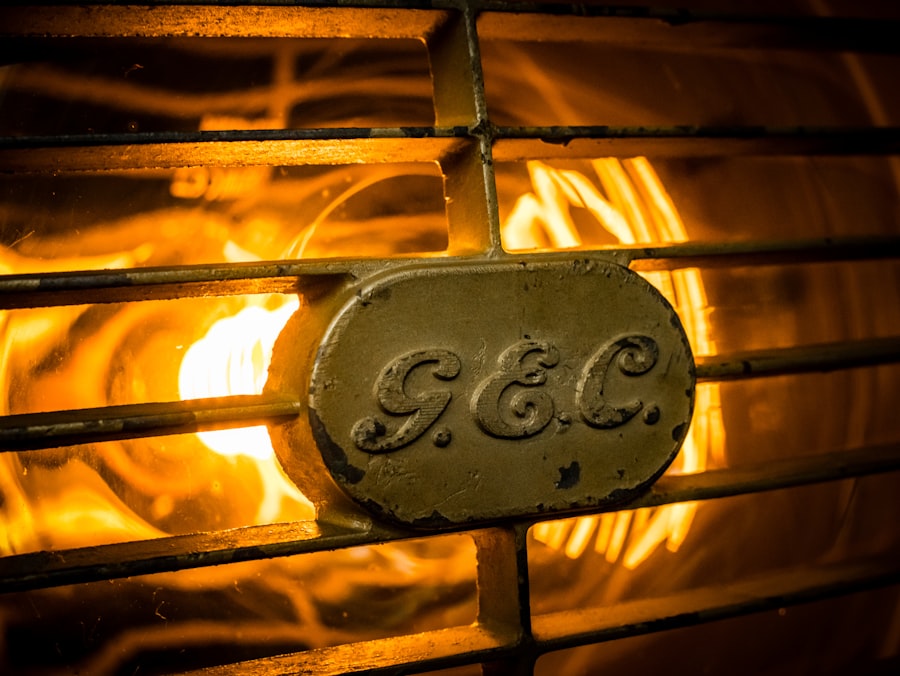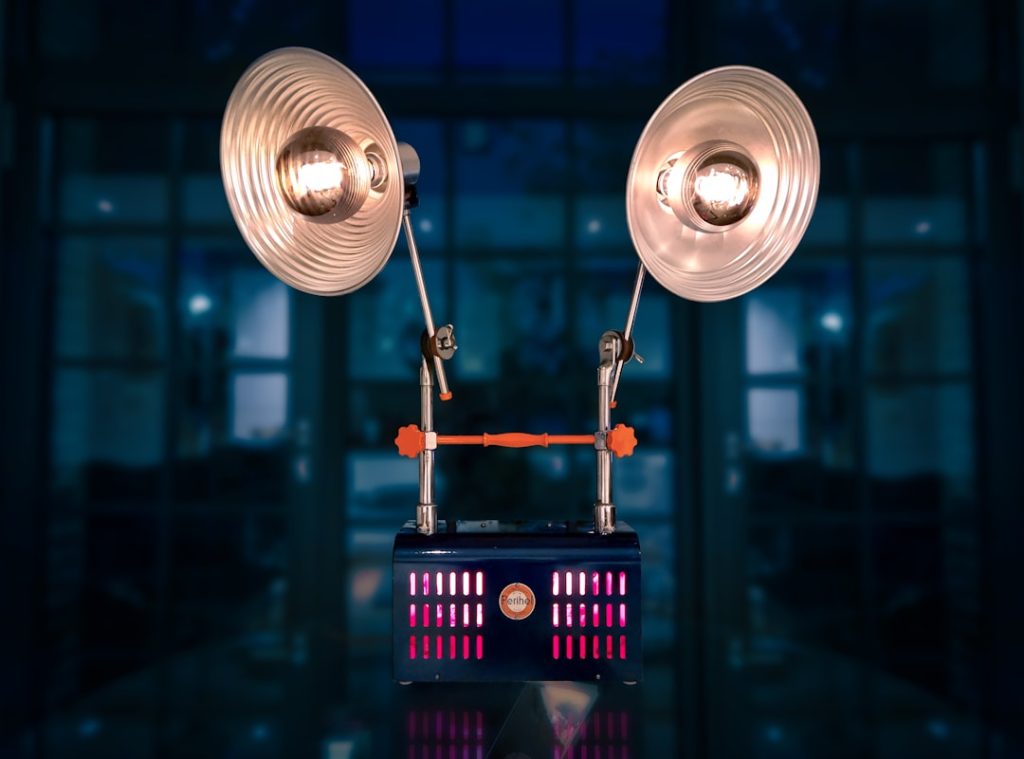Temperature control is critical for the health and development of baby chickens. These young birds are highly sensitive to temperature variations and rely on their environment to regulate their body temperature. Maintaining the appropriate temperature is essential for their growth, immune function, and overall well-being.
Improper temperature control can lead to various health issues in baby chickens, including:
1. Stunted growth
2. Weakened immune systems
3.
Increased susceptibility to diseases
4. Stress and discomfort
5. In extreme cases, death
Poultry farmers and backyard chicken keepers must provide a suitable temperature-controlled environment for baby chickens.
This can be achieved through:
1. Use of heating equipment
2. Proper insulation
3.
Adequate ventilation
4. Regular monitoring of temperature
The ideal temperature range for baby chickens varies depending on their age. Generally, it starts at around 95°F (35°C) for newly hatched chicks and gradually decreases by about 5°F (2.8°C) per week until reaching room temperature.
By maintaining proper temperature control, caretakers can ensure that baby chickens grow at a healthy rate, develop strong immune systems, and have the best chance of survival. This attention to environmental conditions is a crucial aspect of responsible poultry management and contributes significantly to the overall success of chicken rearing operations.
Table of Contents
- 1 Ideal Temperature Range for Baby Chickens
- 2 Risks of Keeping Baby Chickens Above 40 Degrees
- 3 Methods for Maintaining Proper Temperature for Baby Chickens
- 4 Monitoring Temperature Levels for Baby Chickens
- 5 Transitioning Baby Chickens to Lower Temperatures
- 6 Ensuring the Health and Well-being of Baby Chickens
- 7 FAQs
Key Takeaways
- Proper temperature control is crucial for the health and well-being of baby chickens
- The ideal temperature range for baby chickens is between 90-95 degrees Fahrenheit
- Keeping baby chickens above 40 degrees can lead to heat stress, dehydration, and even death
- Methods for maintaining proper temperature include using heat lamps, brooders, and monitoring equipment
- Monitoring temperature levels regularly is essential to ensure the comfort and safety of baby chickens
Ideal Temperature Range for Baby Chickens
Temperature Guidelines for Baby Chickens
By the time they are 6 weeks old, baby chickens should be able to tolerate temperatures as low as 70 degrees Fahrenheit. However, it is essential to observe the behavior of the baby chickens to ensure that they are comfortable. If they are huddling together under the heat source, they may be too cold, and if they are avoiding the heat source and panting, they may be too hot.
The Importance of Ideal Temperature Range
Maintaining the ideal temperature range for baby chickens is essential for their health and well-being. When baby chickens are kept in an environment with the right temperature, they are able to grow and develop at a healthy rate. The ideal temperature range allows them to digest their food properly, maintain their immune system, and avoid stress-related health issues.
Providing the Best Possible Start in Life
By providing baby chickens with the ideal temperature range, poultry farmers and backyard chicken keepers can ensure that their young birds have the best possible start in life.
Risks of Keeping Baby Chickens Above 40 Degrees

Keeping baby chickens in temperatures above 40 degrees Fahrenheit can pose significant risks to their health and well-being. When baby chickens are exposed to high temperatures, they can suffer from heat stress, dehydration, and even death. High temperatures can cause baby chickens to pant excessively, which can lead to respiratory issues and increased water consumption.
Additionally, high temperatures can also lead to reduced feed intake, which can impact their growth and development. It is important for poultry farmers and backyard chicken keepers to be aware of the risks of keeping baby chickens in temperatures above 40 degrees Fahrenheit and take the necessary steps to prevent heat-related health issues. Exposure to high temperatures can have a detrimental impact on the health of baby chickens.
When baby chickens are kept in temperatures above 40 degrees Fahrenheit, they are at risk of suffering from heat stress, which can lead to a range of health issues. Heat stress can cause dehydration, reduced feed intake, decreased egg production in laying hens, and even death in severe cases. In order to prevent heat-related health issues, it is essential for poultry farmers and backyard chicken keepers to take proactive measures to maintain suitable temperatures for their young birds.
Methods for Maintaining Proper Temperature for Baby Chickens
There are several methods that can be used to maintain proper temperature for baby chickens. One common method is the use of heat lamps or brooders to provide supplemental heat to the young birds. Heat lamps should be positioned at a height that allows the baby chickens to move away from the heat source if they become too warm.
Another method for maintaining proper temperature is through proper insulation of the chicken coop or brooding area. Insulation can help to retain heat and prevent drafts, ensuring that the baby chickens are kept in a suitable environment. Additionally, proper ventilation is essential for maintaining proper temperature for baby chickens.
Good ventilation helps to remove excess moisture and heat from the coop, creating a comfortable environment for the young birds. Maintaining proper temperature for baby chickens can also be achieved through the use of heating pads or plates specifically designed for young birds. These heating pads or plates provide a warm surface for the baby chickens to rest on, mimicking the warmth of a mother hen.
This method is particularly useful for providing localized heat without using a heat lamp, reducing the risk of fire hazards and promoting natural behavior in the young birds. By utilizing these methods for maintaining proper temperature, poultry farmers and backyard chicken keepers can create a suitable environment for their baby chickens to thrive.
Monitoring Temperature Levels for Baby Chickens
Monitoring temperature levels for baby chickens is essential for ensuring that they are kept in a suitable environment. It is important to regularly check the temperature in the brooding area using a reliable thermometer. This allows poultry farmers and backyard chicken keepers to make any necessary adjustments to maintain the ideal temperature range for the young birds.
In addition to monitoring the air temperature, it is also important to observe the behavior of the baby chickens. If they are huddling together under the heat source or avoiding it altogether, it may indicate that the temperature is not suitable for them. In addition to monitoring air temperature, it is also important to monitor humidity levels in the brooding area.
High humidity levels can make it difficult for baby chickens to regulate their body temperature, leading to heat stress and other health issues. By regularly monitoring both temperature and humidity levels, poultry farmers and backyard chicken keepers can ensure that their baby chickens are kept in a suitable environment for optimal growth and development.
Transitioning Baby Chickens to Lower Temperatures

Gradual Temperature Reduction
This can be achieved by reducing the heat source by 5 degrees each week until they are fully feathered and able to regulate their own body temperature. It is crucial to observe the behavior of the baby chickens during this transition period to ensure that they are comfortable with the changes in temperature.
Monitoring Behavior
If they are huddling together under the heat source or showing signs of distress, it may indicate that they need additional warmth. By paying close attention to their behavior, you can adjust the temperature accordingly to meet their needs.
Acclimating to Outdoor Temperatures
In addition to reducing the heat source, it is also important to gradually acclimate baby chickens to lower temperatures by providing them with access to outdoor areas or drafts in the coop. This allows them to gradually adjust to cooler temperatures while still having the option to seek warmth if needed.
By carefully transitioning baby chickens to lower temperatures, poultry farmers and backyard chicken keepers can ensure that their young birds are able to adapt comfortably as they grow older.
Ensuring the Health and Well-being of Baby Chickens
In conclusion, ensuring proper temperature control is essential for the health and well-being of baby chickens. Maintaining the ideal temperature range is crucial for their growth and development, as well as preventing heat-related health issues. By utilizing methods such as heat lamps or brooders, insulation, proper ventilation, and heating pads or plates, poultry farmers and backyard chicken keepers can create a suitable environment for their young birds to thrive.
Regular monitoring of temperature and humidity levels is also important for ensuring that baby chickens are kept in a comfortable environment. Transitioning baby chickens to lower temperatures as they grow older is essential for helping them adapt comfortably. By understanding the risks of keeping baby chickens in temperatures above 40 degrees Fahrenheit and taking proactive measures to maintain suitable temperatures, poultry farmers and backyard chicken keepers can ensure that their young birds have the best possible start in life.
Ultimately, by prioritizing proper temperature control, poultry farmers and backyard chicken keepers can contribute to the overall health and well-being of their baby chickens.
If you’re wondering how long to keep baby chickens above 40 degrees, you may also be interested in learning how to convert a shed into a chicken coop. This article from Poultry Wizard provides helpful tips and guidance on transforming a shed into a suitable living space for your feathered friends. Check it out here.
FAQs
What is the ideal temperature for baby chickens?
The ideal temperature for baby chickens is around 95 degrees Fahrenheit for the first week of their life, and then it can be reduced by 5 degrees each week until they are fully feathered.
How long should baby chickens be kept above 40 degrees?
Baby chickens should be kept above 40 degrees Fahrenheit for the first few weeks of their life, until they are able to regulate their own body temperature and are fully feathered.
What happens if baby chickens are kept below 40 degrees?
If baby chickens are kept below 40 degrees Fahrenheit, they are at risk of developing health issues such as chilling, reduced growth, and even death. It is important to provide them with a warm and comfortable environment to ensure their well-being.
What are some ways to keep baby chickens warm above 40 degrees?
Some ways to keep baby chickens warm above 40 degrees include using heat lamps, brooders, and ensuring that the coop or brooder is well-insulated to retain heat. It is important to monitor the temperature regularly to ensure that it stays within the appropriate range for the baby chickens.
Meet Walter, the feathered-friend fanatic of Florida! Nestled in the sunshine state, Walter struts through life with his feathered companions, clucking his way to happiness. With a coop that’s fancier than a five-star hotel, he’s the Don Juan of the chicken world. When he’s not teaching his hens to do the cha-cha, you’ll find him in a heated debate with his prized rooster, Sir Clucks-a-Lot. Walter’s poultry passion is no yolk; he’s the sunny-side-up guy you never knew you needed in your flock of friends!







